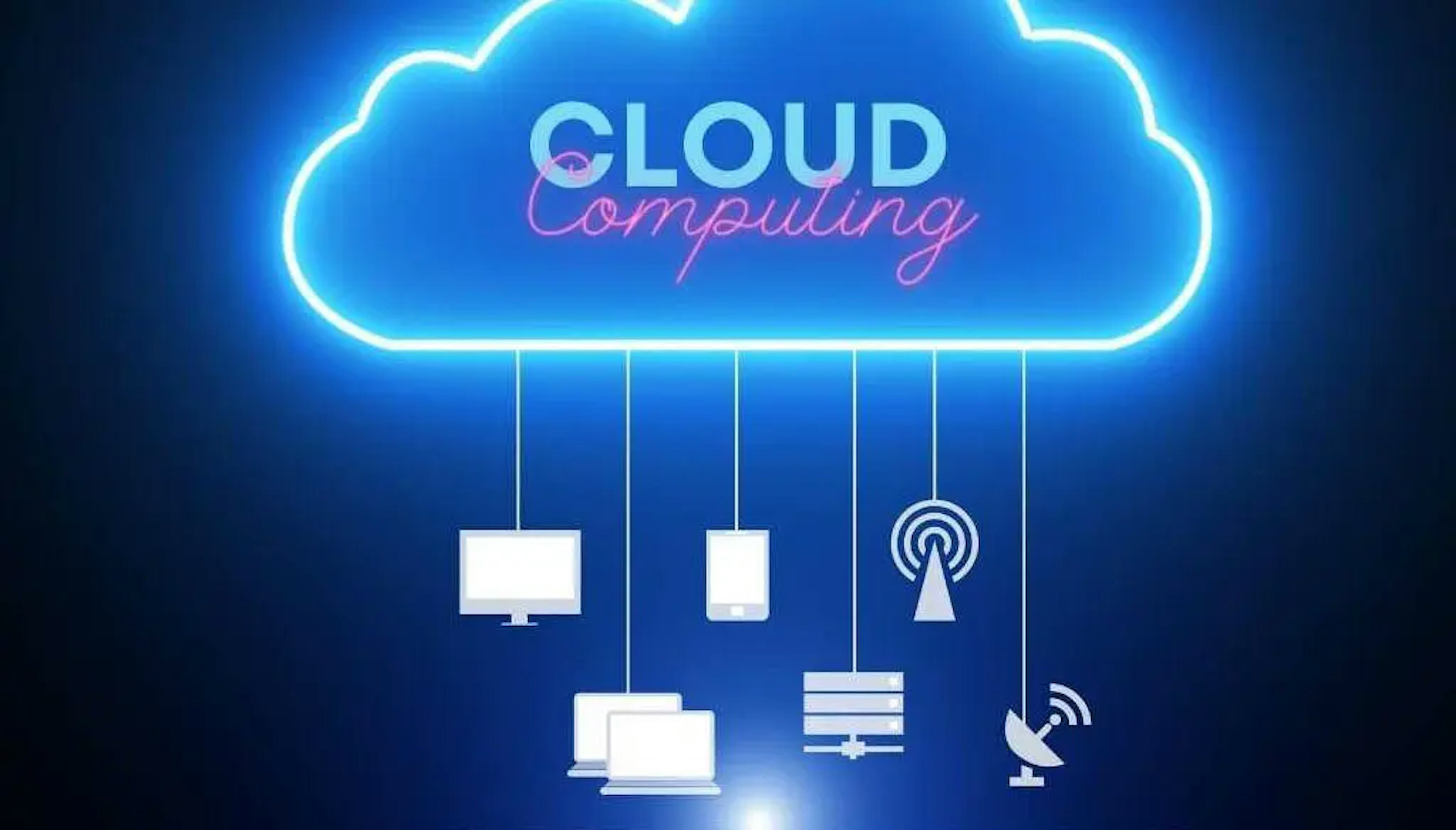
Cloud Computing Trends in 2023
Cloud computing is set to continue its growth in 2023, providing companies with cost-effective solutions and services offered by cloud vendors. Some significant cloud computing trends to watch for in 2023 include:
- Introduction of Citizen Developer: Tools like Microsoft's Power Platform and AWS's HoneyCode will make it easier for non-developers to create complex applications.
- Better AI/ML Integration: Major cloud providers like AWS, Google, and IBM are heavily investing in machine learning and AI technology.
- Automation: The potential for automation in the cloud will increase, making it easier for users to streamline their operations.
- Continued Investment in Data: Cloud providers will continue to enhance data analysis and storage capabilities.
- Competition: Increased competition among cloud providers like AWS, Microsoft Azure, and Google Cloud will lead to lower pricing, higher reliability, and better services.
- Kubernetes and Docker: These technologies will transform how developers manage cloud deployments.
- Cloud Security and Resilience: Cloud providers are prioritizing security and resilience to protect customer data.
- Multi and Hybrid Cloud Solutions: Businesses are adopting multi-cloud and hybrid cloud solutions to diversify their workloads.
- Cloud Cost Optimization: Cloud providers offer tools and services to help users manage costs effectively.
- Edge Computing: Moving computation closer to devices for faster data processing.
- Disaster Recovery: Cloud providers are developing disaster recovery solutions for quick recovery from disruptions.
- Innovation and Consolidation in Cloud Gaming: Major investments in the cloud gaming market.
- Serverless Computing: Allows running code without managing servers, reducing costs.
- Blockchain: Integrating blockchain technology with cloud computing.
- IoT: Investment in IoT solutions to manage and process IoT data.
- Open Source Cloud: Open-source cloud providers offer customization and cost savings.
- Low-Code and No-Code Cloud Services: Speeding up application development without deep technical expertise.
- Cloud-Native Applications: Designing applications to run on cloud infrastructure.
- DevSecOps: Integrating security into the development process.
- Service Mesh: Providing network services for microservices.
- Green Computing Initiatives: Cloud providers investing in sustainable practices.
Conclusion
The cloud computing landscape in 2023 is marked by an array of trends that promise better services, greater reliability, and increased competition. Customers can expect more transparency and cost savings as cloud companies vie for their business. The industry will continue to invest in data analysis, security, and resilience. Developers will benefit from innovations in container orchestration, while organizations looking for flexible, cost-efficient solutions will turn to multi-cloud and hybrid cloud options. The cloud's evolution toward greener, more sustainable practices, and the integration of cutting-edge technologies like AI, blockchain, and IoT will define the future of cloud computing. As a customer, it's essential to evaluate your cloud strategy and upskill your team to stay competitive in this dynamic environment.